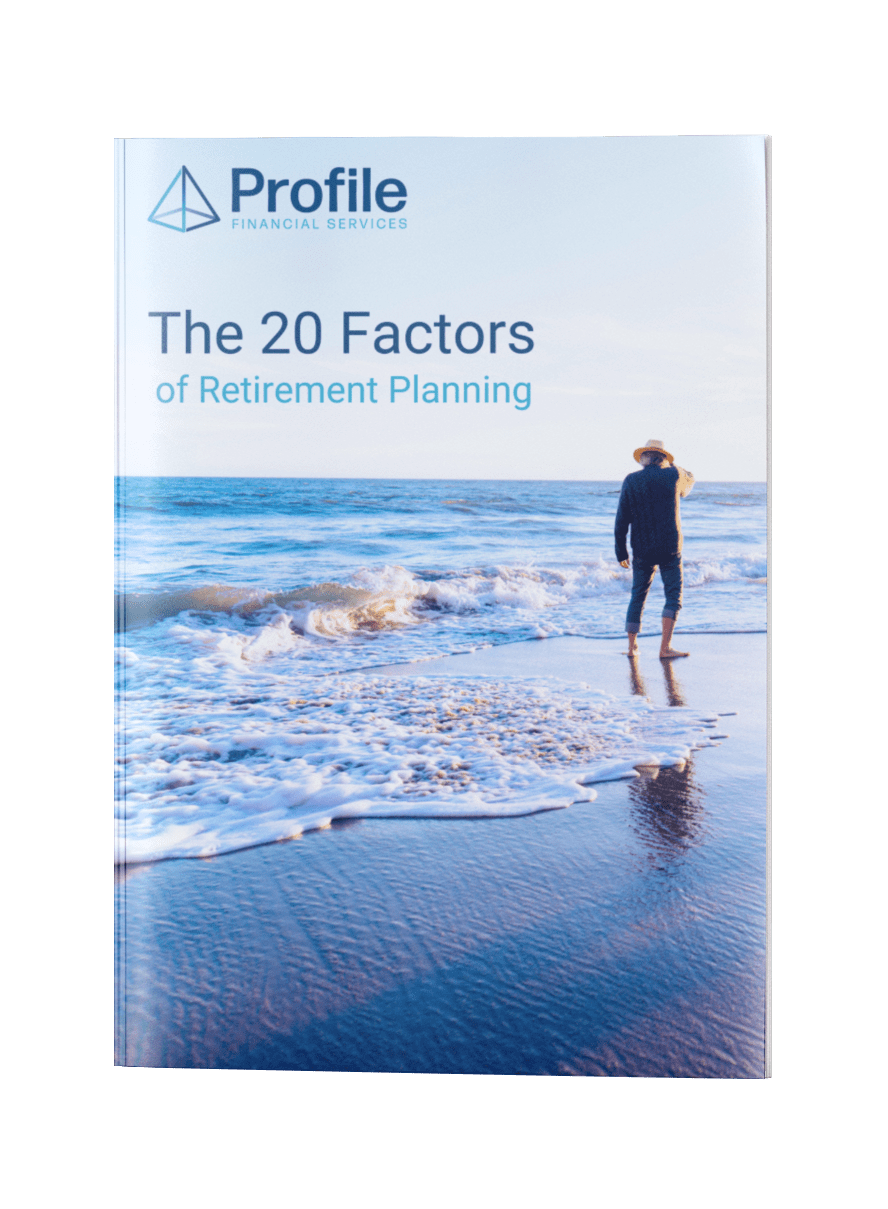What is the 25% retirement rule?
The 25% retirement rule is an indicator of how much money you may need to save for your retirement. It is based on an assumed withdrawal rate of 4% of your savings in the first year of retirement, with all future withdrawals indexed with inflation.
For example, if you want to live on $50,000 in retirement (assuming you are self-funded), you multiply $50,000 by 25 to get a savings target of $1.25m.The 4% is a withdrawal rate which is estimated to mitigate the risk of depleting your portfolio.
Why is a 4% withdrawal rate significant to your retirement?
Research conducted via the Trinity Paper in 1998 investigated sustainable withdrawal rates in retirement. This research utilised historical returns from US stocks and bonds to estimate the ‘Portfolio Success Rates’ of different portfolios.
These ‘Portfolio Success Rates’ represent the percentage of all past payout periods supported by the portfolios.The Trinity Paper research ascertained that over 30-year payout periods, withdrawal rates of 3% and 4% for stock-dominated portfolios represent exceedingly conservative behaviour and are likely to not deplete the portfolios. However, that for shorter payout periods, higher withdrawal rates may be sustainable.
Time until Retirement Formula
Age you want to retire – Current age = Years until retirement
What is the rule of thumb when planning for retirement?
The 25% rule is a handy estimate to use as a retirement savings target. However it’s worthwhile noting that the success rate is not 100% when using 25% as a guideline, particularly when adjusting withdrawals for inflation.
The impact of inflation on retirees may exacerbate an existing bias for lower consumption in retirement due to the fear of running out of money.
Notably, more recent research including additional asset classes and enhancing some of the decision-making rules in the model indicate sustainable withdrawal rates may be in the order of 5% to 6% over a 40-year period.
Article continues below….
What if financial circumstances change during your retirement?
Quite often, the external financial environment may change and impact your retirement plans, or perhaps you’ve changed your mind about how much you want to spend now versus how much you want to leave behind to your loved ones. All these factors can come into play when planning your retirement.
For example, in inflation is persistently high, retirees may forgo consumption now to try and preserve their retirement savings. This may exacerbate an existing bias toward lower consumption due to the fear of running out of money. Here, further research allowing for additional asset classes and enhancing some of the decision-making rules indicates sustainable withdrawal rates may be in the order of 5% to 6% over a 40-year period.
What does the 25% retirement rule mean for you?
The 25% retirement rule may be a handy rule of thumb when thinking about the future. Asking how much do I need to retire is like asking how long is a piece of string so any help estimating an answer is worthwhile.
In Australia we are fortunate to have the age pension as a safety net if we do last longer than our money. The possibility of a partial pension entitlement in later years of retirement may allow for higher withdrawals and consumption in the early years of retirement. However, it is difficult to estimate the impact of this over 20- or 30-year time periods.
Financial advice can help provide some context for long-term decisions about how much to spend in retirement. This may help mitigate the fear of running out of money.
Ultimately, running out of money at a ripe old age in Australia may not be the end of the world. Assuming we are healthy, happy and find new purpose in our lives a few years on the full age pension could still provide enough income to lead a fulfilling life.





